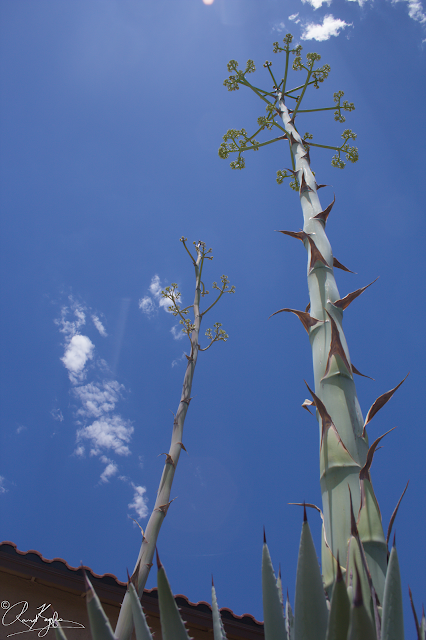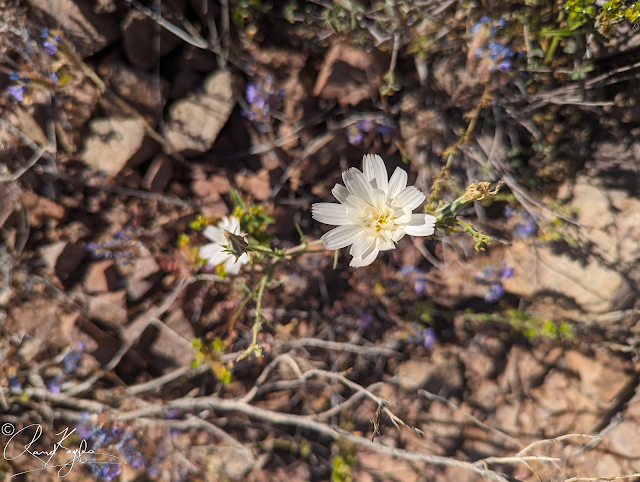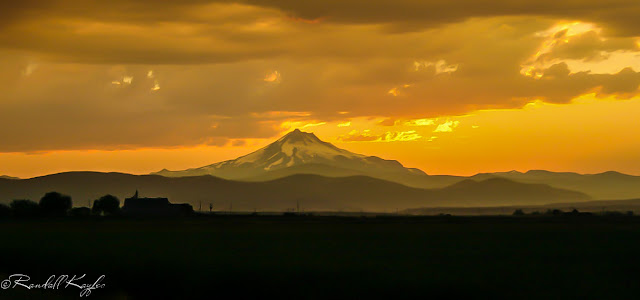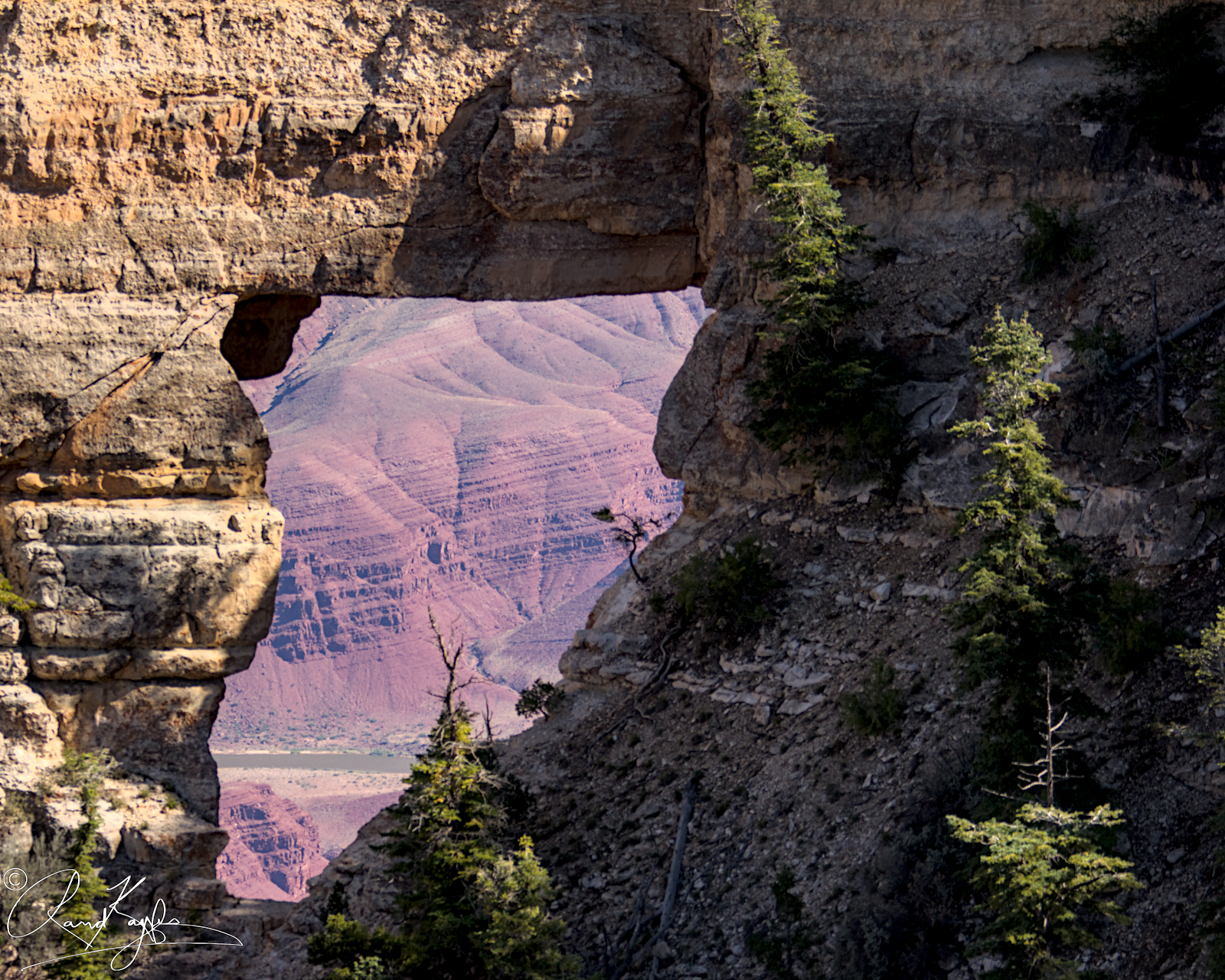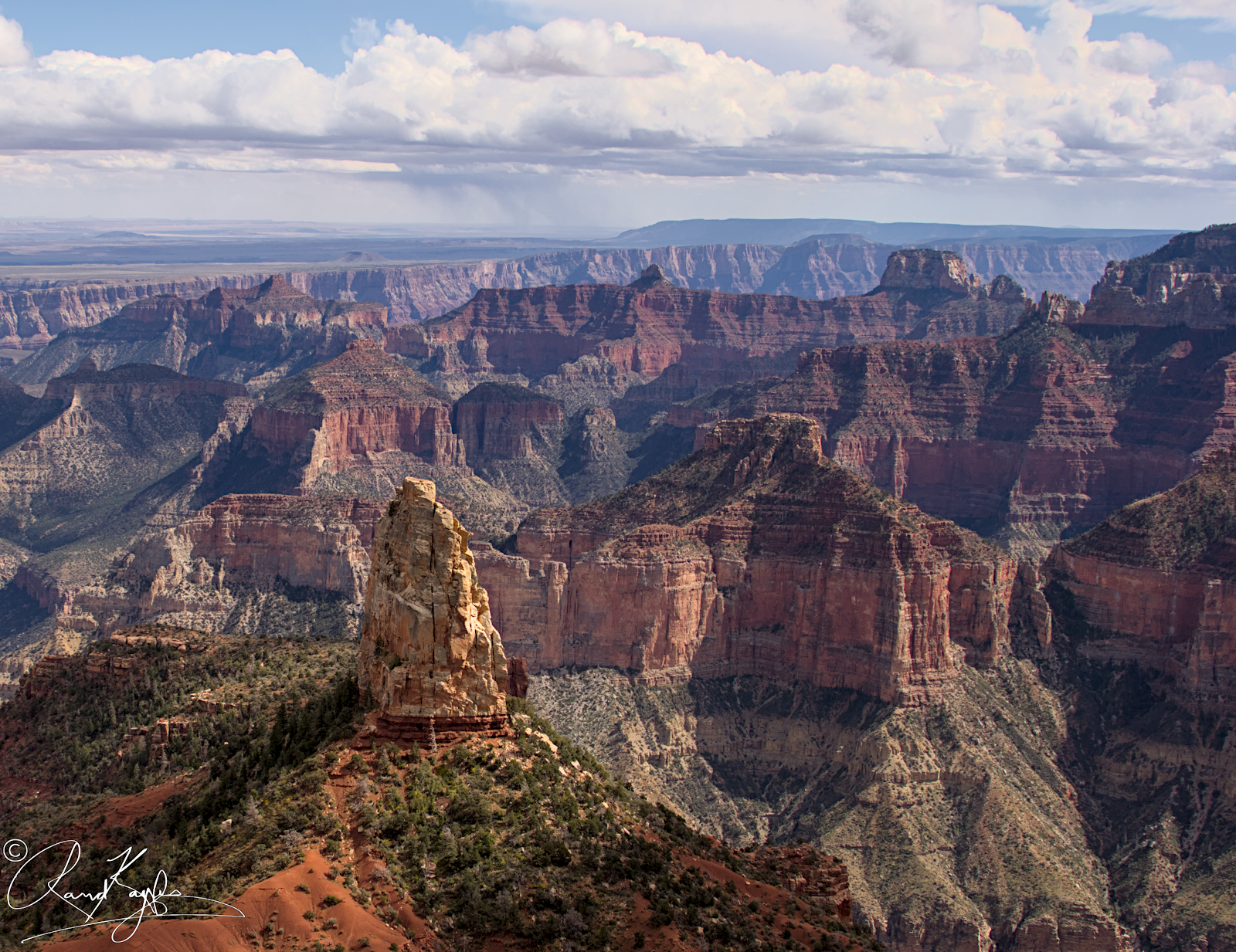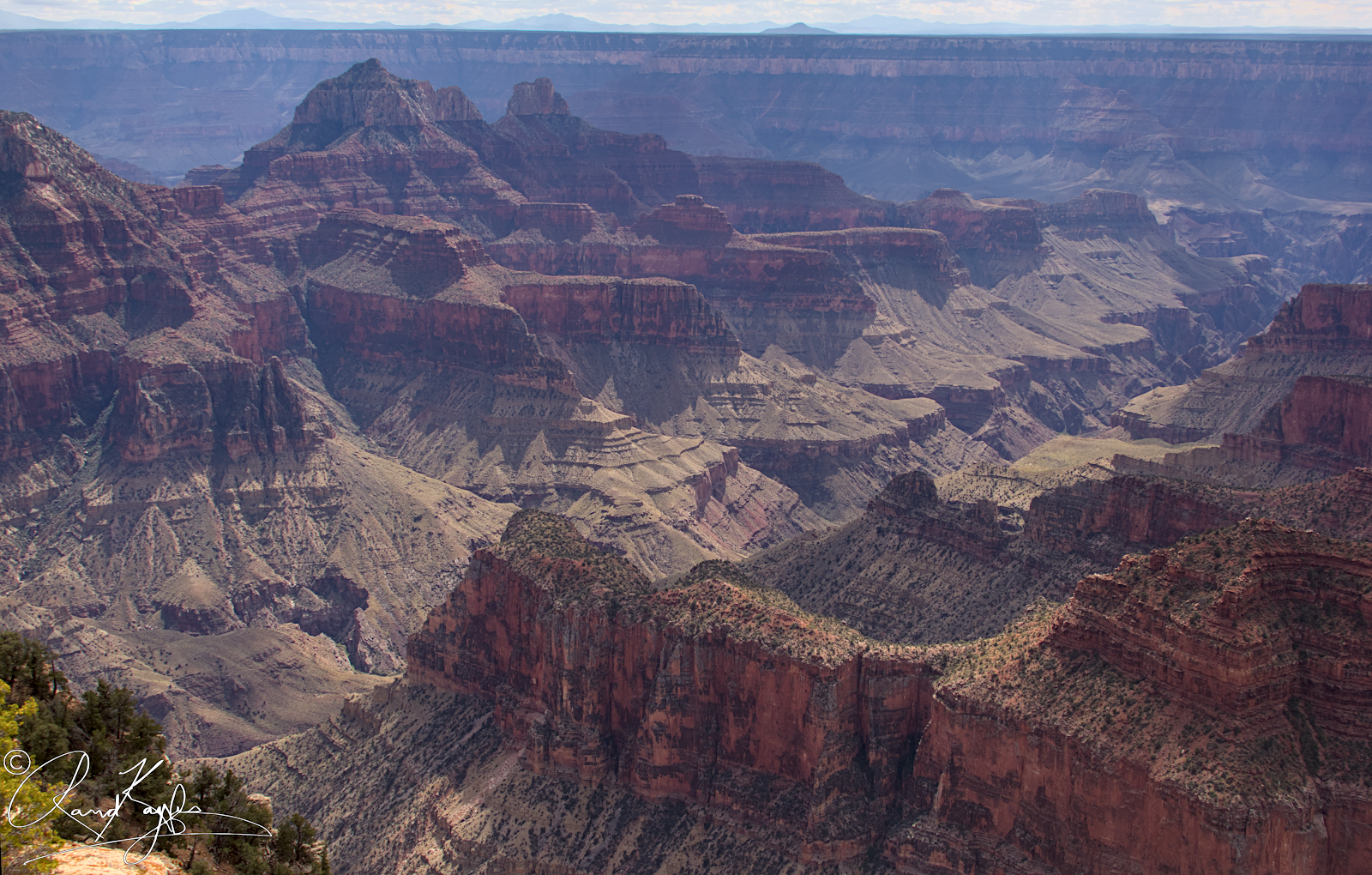NGC 5430 is an Spiral Galaxy located in the constellation of Ursa Major (Big Bear, same as the Big Dipper Constellation). NGC 5430's distance from Earth is 129,989,624.33 light years. It is TINY to try to photograph and is only 12 magnitude in brightness. Immensely dimmer than stars seen with the unaided eye. Could we actually call this the Bumble Bee Galaxy!
Photos-Astro-Wx by Randall
Randall's Photography, Astronomy and Weather
Wx
Arizona Time
UTC
Tuesday, June 11, 2024
The Owl Nebula
The Owl (face) Nebula is a planetary nebula approximately 2,030 light years away in the constellation Ursa Major - the same constellation that holds the Big Dipper. Estimated to be about 8,000 years old, it is approximately circular in cross-section with a faint internal structure. It was formed from the outflow of material from the stellar wind of the central star. What that means is this little guy is very pretty to look at. To take the photo I had to take 100 45 second light frames while star guiding with guiding software. If I didn't use a separate guide scope the imperfections as tiny as they are, would make the picture look like I took it from a rock invested road.
Thursday, June 6, 2024
NGC 4565 (IC3543) Edge On Needle Galaxy
NGC 4565 is known as the Needle Galaxy or IC 3543. It is an edge-on spiral galaxy about 30 to 50 million light-years away in the constellation Coma Berenices. It lies close to the North Galactic Pole and has a visual magnitude of approximately 10. To be seen without optical add magnitude 6 would be necessary. It is known as the Needle Galaxy for its narrow profile. NGC 4565 has at least two satellite galaxies, one of which is interacting with it. Can both satellite galaxies, they are in my picture. It has a population of roughly 240 globular clusters, more than the Milky Way.
Saturday, June 1, 2024
Messier 101
Monday, May 13, 2024
Living in Dr Suess' Whoville - Agava
Agava plants in the front yard make you feel like you are living in Dr. Suess' Whoville. The Agave plants also called Century Plants (because they were falsely thought to live to 100 years), will bloom after 10 to 20 years. The flowering stalk can grow to 35 feet tall and grow and will bloom for three to four months. After the blooming is complete the plant will die and Whoville will sadly vanish back in to fantasy land...
Thursday, April 18, 2024
Sunday, April 14, 2024
2024 Solar Eclipse - Arkansas
Sunday, January 28, 2024
Tadpole Nebula & Bode's & Cigar Galaxy
Bode's Galaxy M81 (lower) and the Cigar Galaxy M82(upper) are gravitationally locked into each other. Both of them are about 11.8 million Light Years away.
Sunday, January 14, 2024
Winter Wonderspace
Some of you may have heard of the Horsehead Nebula. Unlike some nicknames of astro objects this one is completely obvious as to the why part... And as always here you go with the distance - the light from this beauty takes 1,375 years to reach us. The light from the red nebula comes from the bright stars behind it ionizing the hydrogen gas. The star Malach is so bright it is casting quite a halo!
Thursday, December 7, 2023
Some of my favorite Life Shots
Arches NP Utah - This photo stands as one of my favorites as the crowd at Arches National Park was completely bewildered as to why I turned my back on the Arch in front of them. The tree was completely outside the arch but somehow found a way to grow such that the arch framed it perfectly. As I took this photo the crowd completely missed the amazing beauty that nature had offered up to them. If only we would sometimes look beyond the obvious. Dyslexia is described as a disability. I have found it be a pain when playing cards and dice games and simply trying to read or type at a normal speed... However, I have learned to relook at things several times to make sure I got it accurate. This constant reevaluation of what I see gave me the skills necessary to see what the crowd completely missed on that day At Arches. Disability sometimes yes, sometimes no...
Tuesday, December 5, 2023
Refracted Moon
When the Moon is high enough and the clouds are high enough and thin enough! The refraction of Moon light was absolutely gorgeous... Yes I had to blow out the Moon to get the color in the clouds.
Palisade on the Oregon Trail
The Oregon Trail meets the Columbia River in the Columbia River Gorge and is briefly accessible before a modern freeway and highway plowed right over it. In complete Oregon fashion it was raining when I took my Palisade on this short section so I can say I drove on the Oregon Trail...
On a Whim the North Rim
Coming back from a long road trip I decide to avoid some mountain snow and ended up heading for the Grand Canyon North Rim. That is the way most of my solo road trips go - explore if it looks good! The deciduous trees were gorgeous yellow as a bonus.




